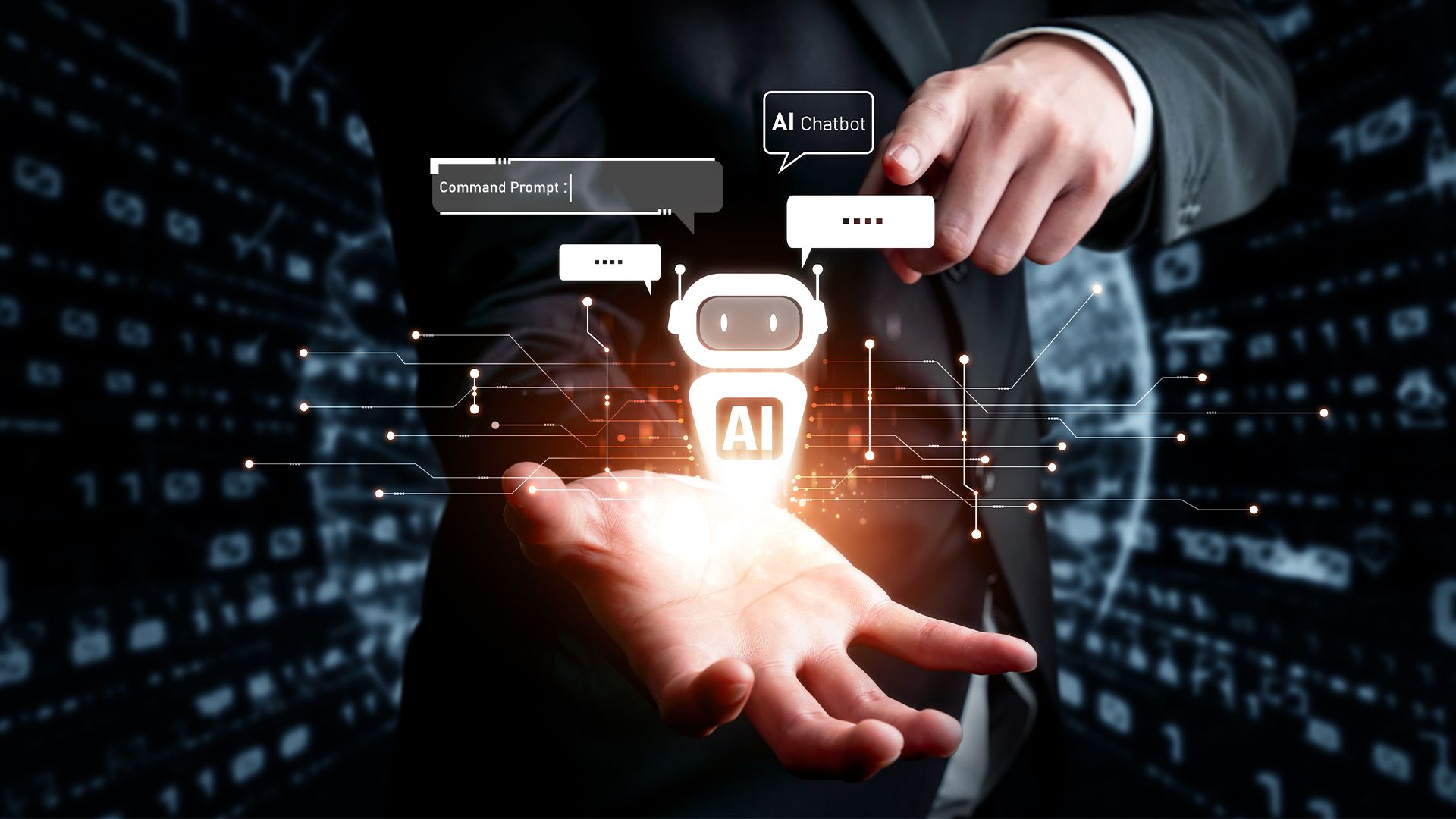Optimizing Labor Efficiency with AI Phone Systems
By Unknown • 8/29/2025

Introduction
Labor costs are one of the biggest challenges in the restaurant industry. Managers often struggle to balance staffing levels with fluctuating guest demand. At the same time, staff are pulled between serving in-house diners and managing constant phone calls. The result? Inefficient labor usage and missed revenue opportunities.
This is where AI-powered phone systems make a difference. By automating routine calls and streamlining communication, restaurants can optimize labor efficiency, reduce staff workload, and focus human effort where it matters most—delivering hospitality.
The Labor Challenge in Restaurants
- High labor costs: Wages, benefits, and turnover add pressure on margins.
- Call overload: Staff often juggle phones and guest service.
- Missed calls: Lead to lost sales and frustrated guests.
- Inconsistent service: Overworked staff struggle to deliver quality.
How AI Phone Systems Optimize Labor Efficiency
1. Automated Call Handling
AI systems answer calls instantly, managing FAQs, reservations, and orders. This frees staff from repetitive phone tasks.
2. Smart Call Routing
Instead of staff transferring calls manually, AI directs inquiries to the right department—kitchen, catering, or front desk—saving valuable time.
3. Seamless Reservations & Ordering
AI can handle reservations and takeout orders automatically, syncing them with POS and scheduling systems.
4. 24/7 Availability
Restaurants no longer need to assign staff to after-hours calls. AI ensures customers can still make bookings and inquiries anytime.
5. Reduced Staff Stress
By offloading phone tasks, employees can focus fully on guests in the restaurant, improving service quality and job satisfaction.
Real-World Example
Consider a mid-sized restaurant with 3 staff on a Friday night. Without AI, they spend up to 30% of their time managing phone calls. With AI:
- Calls are answered instantly
- Reservations are automated
- FAQs are handled without staff involvement
- Employees focus entirely on tableside service
Result: Labor costs drop, efficiency rises, and guests get better experiences.
Benefits for Restaurants
- Lower labor costs by reducing call-related workload
- Higher productivity as staff focus on revenue-generating tasks
- Better guest satisfaction from faster service and fewer errors
- Scalable operations without increasing staff headcount
Best Practices for Implementation
- Start small – Begin with reservations + FAQs before expanding features
- Integrate with POS/reservation systems for seamless operations
- Train staff to use AI as support, not competition
- Review analytics regularly to measure labor savings and efficiency gains